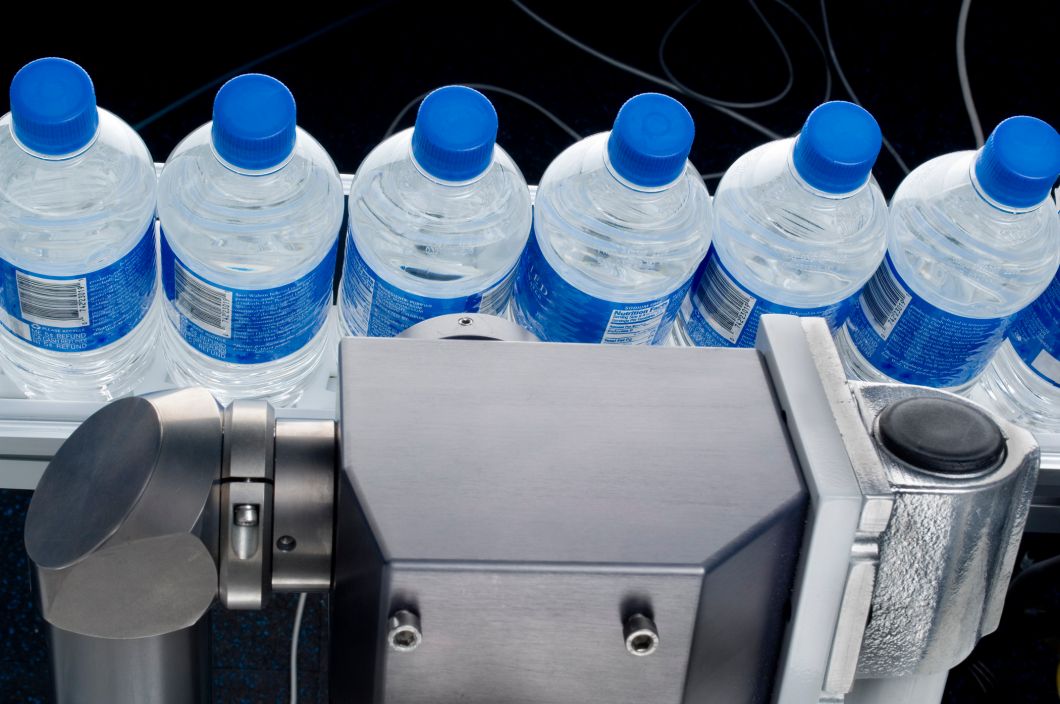Companies across a wide array of industries ship their finished products to market in corrugated paperboard cartons and cases. To avoid the costly practice of preprinting this packaging with company names, addresses, logos, etc., which would require companies to maintain an inventory of preprinted packaging, packagers have turned to large character inkjet printers to print that information on demand.
These industrial barcode label printers are capable of printing large character variable information, including barcodes, dates, ingredients, logos and graphics, on cases and shipping cartons. This results in a professional pre-printed look, eliminating the need for costly inventories of preprinted packaging.
Also known in the industry as industrial printers, these systems print superior quality high-resolution alphanumeric characters, barcodes and graphics on corrugated surfaces with exceptional clarity, delivering 180 dpi (dots per inch) resolution. They operate efficiently at production lines speeds, ensuring reliable throughput. Most barcode label printers also incorporate micro-purge capability, enabling them to operate in dusty environments without the risk of clogging and thereby slowing production. The cases of these industrial printers are also designed with integrated physical protection against being damaged or knocked out of alignment as a result of being hit by a case traveling along the line.
Typical print speed for a large character industrial printer is 0.3 to 66 meters per minute (1.0 to 216 feet per minute) when printing barcodes only, and up to 132 meters per minute (433 feet per minute) when printing alphanumeric text. A typical print size area for such a system is 17 mm in height by 2000 mm in length (0.7 inches by 78 inches) at 180 dpi.
Barcode label printers are driven by simple, intuitive software through touch screen controls on the unit, which reduces the potential for operator errors. Operators, for example, are given limited message parameters from which to choose. In extensive facilities with multiple industrial printers, multiple print units can be controlled from a single lead unit, or from a central location.






